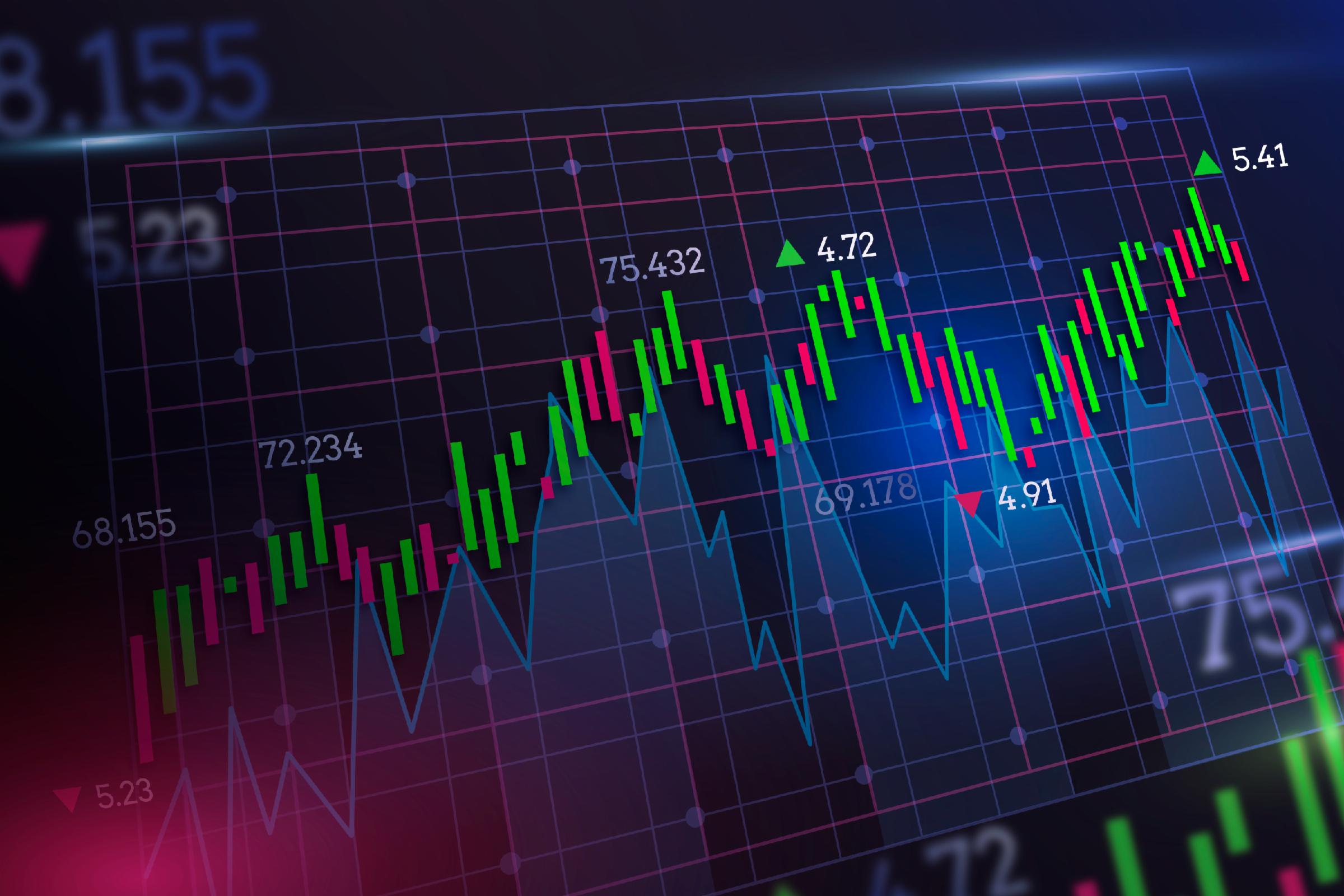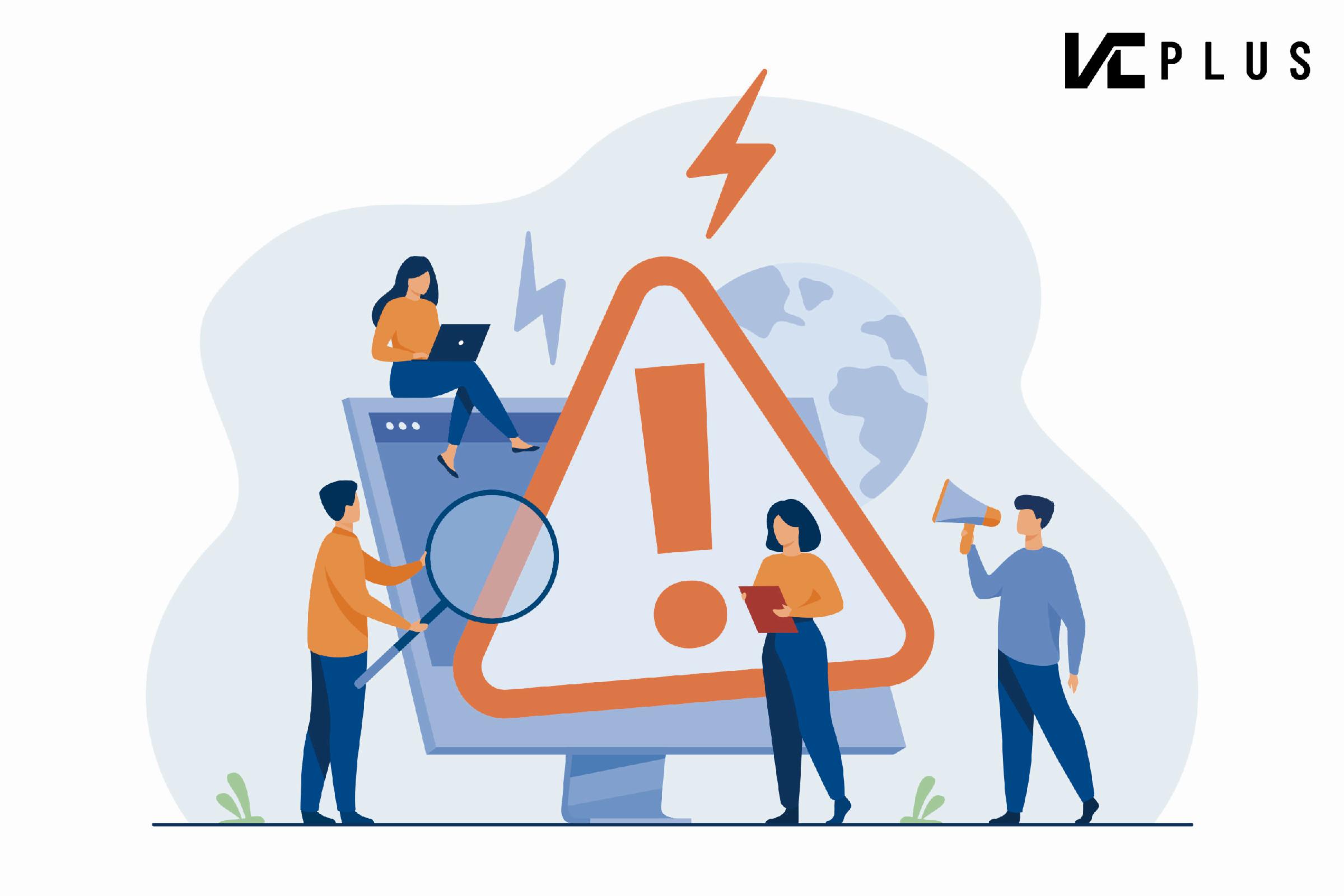An easy introduction to Ichimoku Charts in 2023
vcplus
Publish date: Wed, 21 Jun 2023, 03:53 PM
Have you heard about a special kind of chart called Ichimoku? It's a tool that helps us understand the ups and downs of trading charts in a simple way. Let's learn the basics of Ichimoku charts.
What is an Ichimoku Chart? An Ichimoku chart is like a picture showing how prices go up and down in trading. It has five important lines and a colored area called the Kumo (cloud).
These lines help us know what's happening in the market.
The Parts of an Ichimoku Chart:
Tenkan-sen (The Fast Line): This line moves quickly and tells us about short-term trends.
Kijun-sen (The Medium Line): This line shows medium-term trends and important levels.
Chikou Span (The Lagging Line): This line shows us the current price but from the past. It helps us see if the trend is going to change.
Senkou Span A and Senkou Span B (The Cloud): These lines form the cloud on the chart. The cloud helps us see support and resistance levels. If the cloud is thick, it means prices are changing a lot.
Ichimoku cloud indicator in VC Plus platform. Sign up for free now.
How to Use Ichimoku Charts:
1. Spotting Trends:
When prices are above the cloud (Kumo), it means things are going up, so it's a good time to consider buying.
When prices are below the cloud, it means things are going down, so it's a good time to consider selling.
When the Fast Line (Tenkan-sen) goes above the Medium Line (Kijun-sen), it suggests prices might go up. And when the Fast Line goes below the Medium Line, it suggests prices might go down.
2. Identifying Support and Resistance Levels:
The cloud (Kumo) acts like a special zone that can stop prices from going higher or lower. If prices are inside the cloud, it means there's uncertainty, so it's better to wait.
When prices break above the upper edge of the cloud, it might mean things are getting better, and it could be a good time to buy.
When prices break below the lower edge of the cloud, it might mean things are getting worse, and it could be a good time to sell.
3. Confirmation of Signals:
Sometimes, we use other tools, like candlestick patterns or trendlines, to make sure our signals are right.
For example, if we see a special pattern on the chart and the Fast Line goes above the Medium Line, it means it's a good time to buy and we have a higher chance of success.
On the other hand, if we see a special pattern on the chart and the Fast Line goes below the Medium Line, it means it's a good time to sell and we have a higher chance of success.
4. Monitoring Lagging Span (Chikou Span):
The Lagging Line (Chikou Span) helps us know if the trend might change.
If the Lagging Line crosses above the historical price, it could mean things might get better, and it's a sign to consider buying.
If the Lagging Line crosses below the historical price, it could mean things might get worse, and it's a sign to consider selling.
Remember, it takes practice and experience to use Ichimoku charts well. Start by looking at different timeframes and currency pairs to see how the lines and the cloud behave. Combine Ichimoku charts with other tools for a better understanding of trading decisions.
But always remember, there's no guarantee of success in trading. Be careful with your money, use proper risk management, and set stop-loss orders to protect yourself while using Ichimoku charts.
Continue reading more about Understanding Fibonacci Retracement
Open a Forex account with VC Plus today, and grab a guaranteed US100$ Welcome Bonus (T&C apply)
VC Plus provides a demo account. Therefore you can try it before you begin your actual trade!
More articles on VC Education Series
Created by vcplus | Nov 23, 2023
























